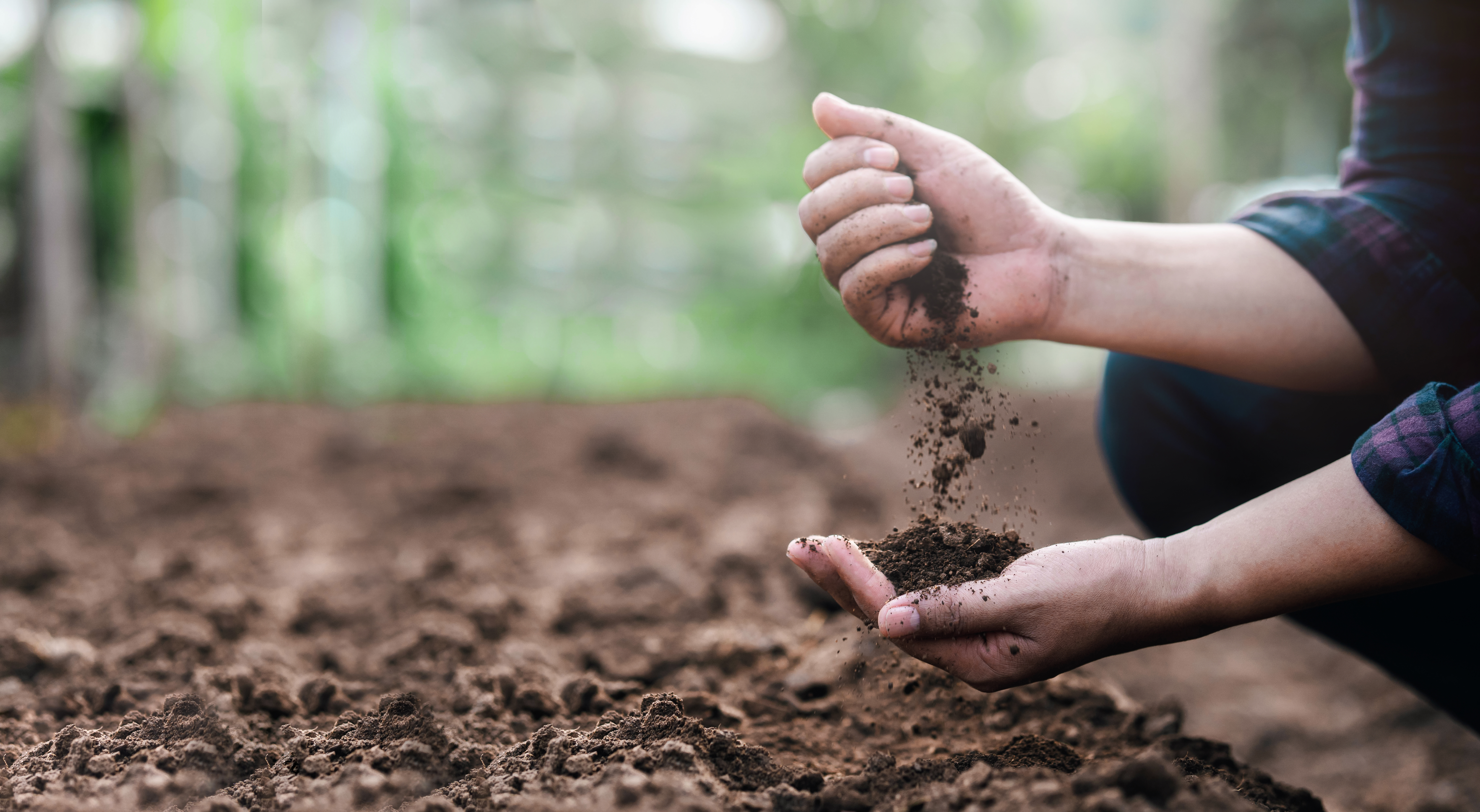As experienced providers of gardening and landscaping supplies, we understand the importance of healthy, fertile soil in fostering thriving, vibrant gardens. One effective method of optimizing soil health is utilizing soil conditioners, a diverse range of materials designed to improve soil properties and stimulate plant growth. To guide you in choosing and applying the right soil conditioner for your garden, we bring you an in-depth exploration of soil conditioner types, their benefits, and best practices for incorporating them into your gardening routine.
In this comprehensive article, we will delve into the wide variety of soil conditioners available, from organic options like compost and peat moss to inorganic varieties such as gypsum and lime. Discover how these materials improve soil structure, enhance nutrient availability, and promote optimal plant growth by addressing specific deficiencies or imbalances in your garden’s soil.
Understanding the Benefits of Soil Conditioners
The use of soil conditioners offers numerous benefits to gardeners, from boosting soil fertility to encouraging healthy plant growth. Key advantages of incorporating soil conditioners into your garden care routine include:
1. Improved Soil Structure: Soil conditioners facilitate better soil aeration, drainage, and moisture retention, contributing to a stable environment that supports plant roots and fosters growth.
2. Enhanced Nutrient Availability: By amending the soil’s nutrient content, conditioners ensure that vital nutrients are readily accessible to plants, fostering stronger growth and yield.
3. Balanced pH Levels: Certain soil conditioners can help neutralize excessively acidic or alkaline soils, providing a more hospitable environment for various plant species.
4. Increased Soil Microbial Activity: Many organic soil conditioners introduce healthy microorganisms to the soil, supporting beneficial processes such as nutrient cycling and organic matter decomposition.
Exploring the Various Types of Soil Conditioners
With many soil conditioner options on the market, understanding the unique properties and benefits of each type can help you choose the right one for your garden. Popular soil conditioners include:
1. Compost: A nutrient-rich, decomposed organic material, compost increases soil fertility while introducing beneficial microorganisms. As an all-purpose soil conditioner, compost improves soil structure, moisture retention, and overall garden health.
2. Peat Moss: Known for its excellent water retention capabilities, peat moss is an organic soil conditioner that can absorb and release moisture as needed. Slightly acidic in nature, it is ideal for acid-loving plants and can help lower alkaline soil pH.
3. Gypsum: An inorganic soil conditioner, gypsum is a naturally occurring mineral that improves soil structure and reduces soil compaction in clay-heavy soils. Gypsum also helps neutralize soil acidity and supports the release of trapped nutrients, such as phosphorus and nitrogen.
4. Lime: Primarily used to increase the pH of acidic soils, lime is a calcium carbonate-based soil conditioner that enhances soil fertility and promotes the efficient uptake of nutrients by plants.
Selecting the Right Soil Conditioner for Your Garden Needs
Choosing the most appropriate soil conditioner for your garden involves considering a variety of factors, such as soil texture, nutrient content, and pH levels:
1. Soil Texture: Determine your garden’s soil texture, ranging from sandy to loamy to clay-like, and select a conditioner that will complement and improve these characteristics, such as gypsum for clay soils or peat moss for sandy soils.
2. Nutrient Levels: Assess your garden’s nutrient content through soil testing and choose a conditioner that addresses nutrient imbalances or deficiencies, such as compost for an overall boost in fertility.
3. pH Balance: If your garden’s soil pH is either too acidic or too alkaline, select a conditioner that can restore equilibrium, such as lime for acidic soils or peat moss for alkaline soils.
Expert Tips for Applying Soil Conditioners Effectively
Maximize the impact of soil conditioners in your garden by adhering to these expert application tips:
1. Test Your Soil: Before introducing any soil conditioner, conduct a comprehensive soil test to determine the current nutrient content, pH level, and texture. These insights will inform your choice of the most suitable conditioner for your garden.
2. Use the Proper Quantity: Follow recommended application rates for your chosen conditioner to avoid over-amending your soil and inadvertently causing harm to your plants.
3. Mix Thoroughly with Existing Soil: Ensure proper integration of the conditioner with your garden soil for optimal effectiveness. Thorough mixing promotes even distribution of nutrients and pH adjustments across your garden bed.
4. Reassess and Adjust: Regularly monitor your garden’s soil condition and adjust your conditioner application as needed. Achieving and maintaining a healthy soil environment is an ongoing process that requires attentive care.
Conclusion
Incorporating soil conditioners into your gardening routine can lead to significantly enhanced soil quality, increased plant growth, and an overall healthier garden. By understanding the various types of garden soil conditioners, their distinct benefits, and how to select and apply the right conditioner for your garden’s unique needs, you can transform your garden into a thriving, productive oasis.
Lean on our extensive knowledge and passion for gardening and landscaping to help you navigate the world of soil conditioners and achieve the garden of your dreams. With the right insights and diligent care, your flourishing garden will be a manifestation of your dedication to nurturing an environment that promotes harmonious growth and vitality.

